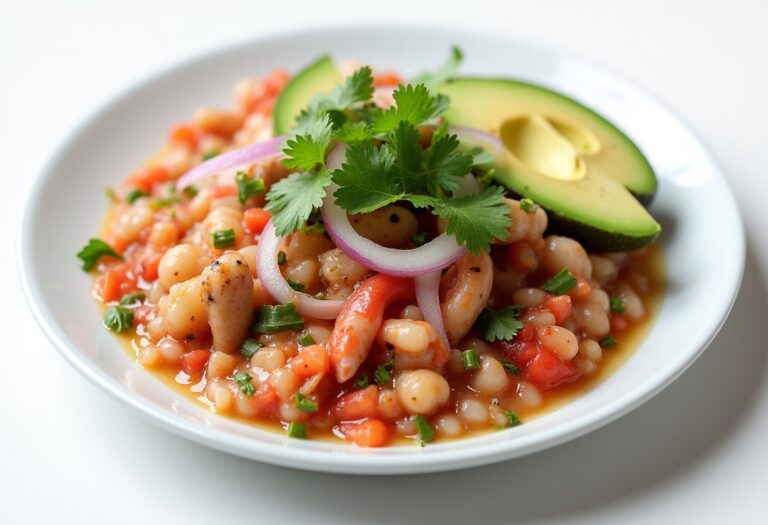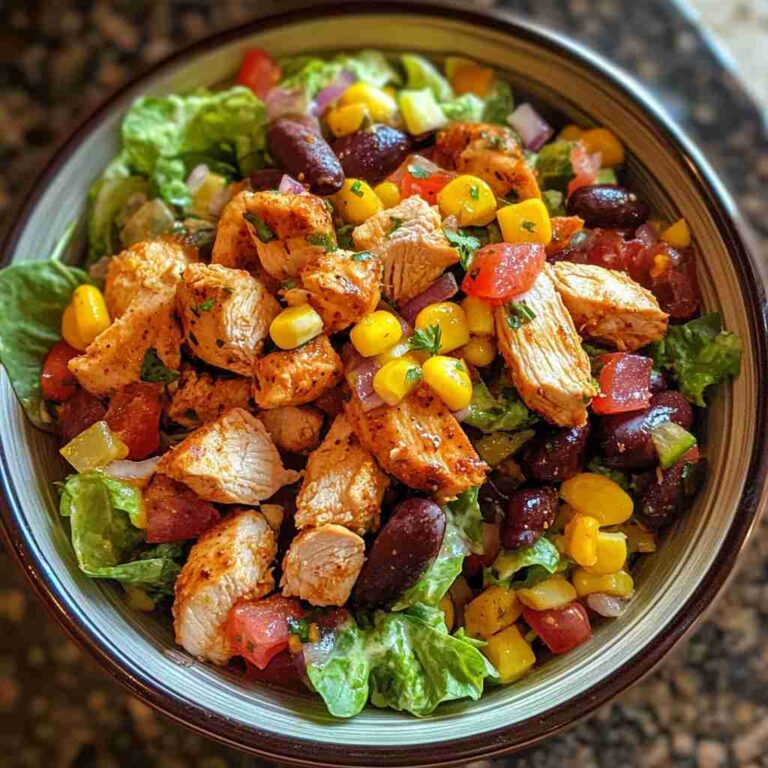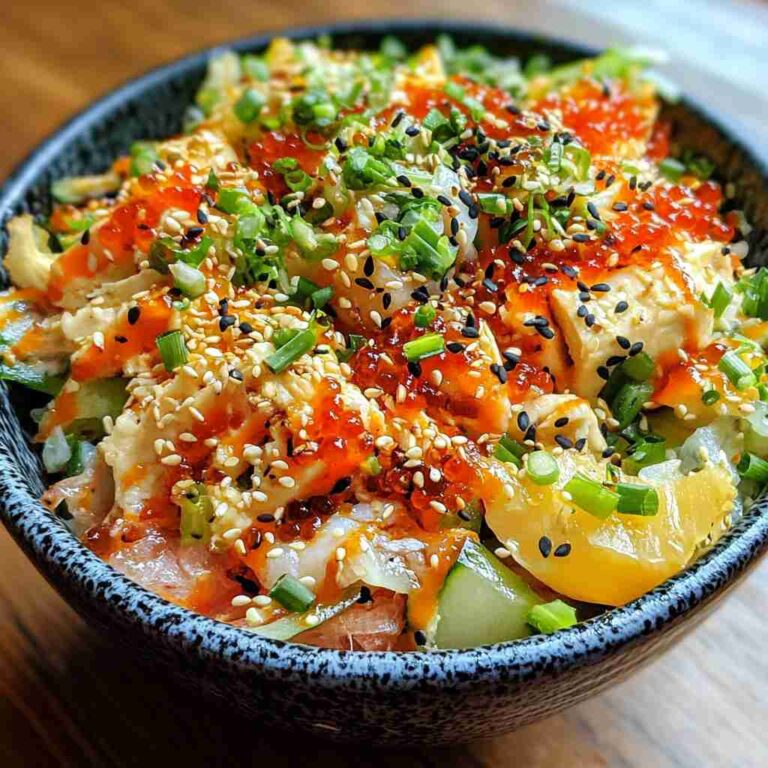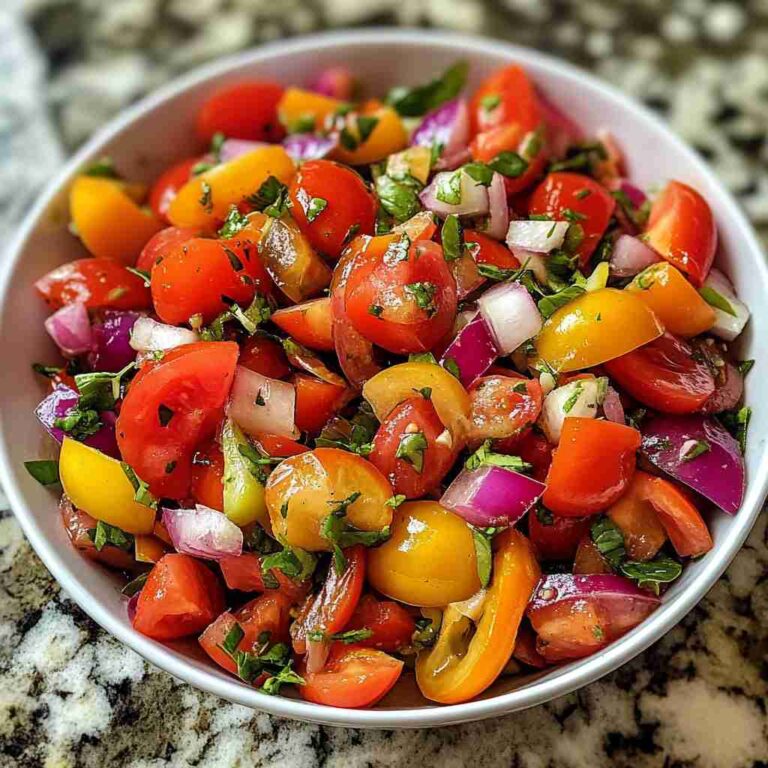Flavor-Packed Ground Beef Bibimbap Recipe
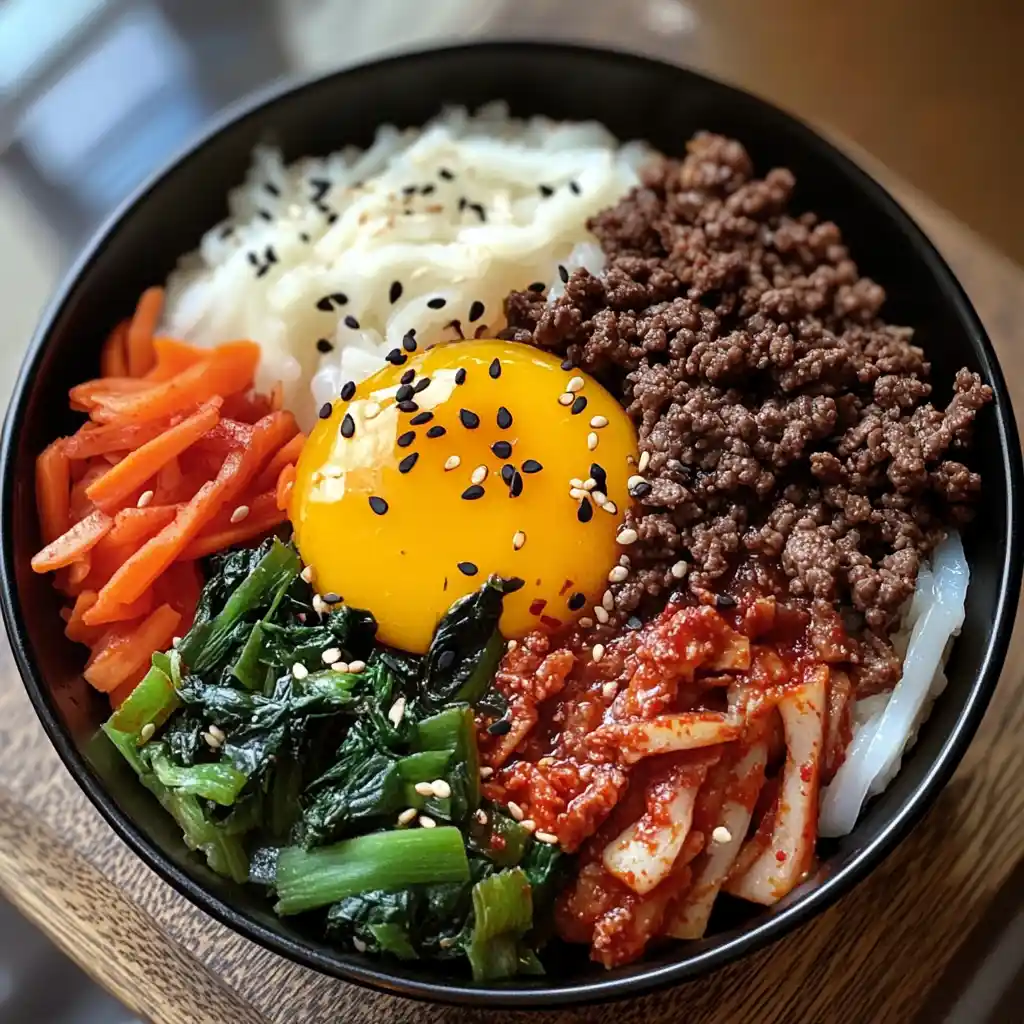
Bibimbap, the beloved Korean rice dish, is a true culinary masterpiece that has captured the hearts and taste buds of food enthusiasts worldwide. This ground beef bibimbap recipe offers a delightful twist on the classic, delivering a flavor-packed and convenient version that’s perfect for busy weeknights or weekend gatherings.
Imagine a harmonious blend of savory ground beef, crisp vegetables, and aromatic seasonings, all nestled atop a bed of fluffy rice. The beauty of this dish lies in its ability to satisfy both your cravings for comfort food and your desire for a nutritious, well-balanced meal.
❤️ Why You’ll Love This Recipe ❓
This ground beef bibimbap recipe is a true crowd-pleaser, offering a captivating balance of textures and flavors. The tender ground beef, combined with the crunch of fresh vegetables and the richness of the egg yolk, creates a delightful harmony that will have your taste buds dancing with joy.
Beyond its exceptional taste, this recipe is also remarkably accessible. The ingredients are easy to find, and the preparation process is straightforward, making it a fantastic choice for both seasoned home cooks and those new to the world of Korean cuisine. Additionally, the versatility of this dish allows for easy make-ahead preparation, ensuring you can enjoy a delicious and satisfying meal with minimal effort.
🛒 What You Need to Prepare Ground Beef Bibimbap ❓
• 2 cups cooked white rice
• 2 carrots, julienned
• 1 cup sliced mushrooms
• 1 cup baby spinach, washed and trimmed
• 2 eggs
• 2 tablespoons soy sauce
• 1 tablespoon sesame oil
• 2 cloves garlic, minced
• 1 teaspoon grated ginger
• 1 tablespoon brown sugar
• 1 teaspoon sesame seeds
• Salt and pepper to taste
The beauty of this ground beef bibimbap is that most ingredients are pantry or freezer staples. The combination of savory ground beef, fresh vegetables, and a blend of Asian-inspired seasonings creates the Korean-inspired flavor profile that has made bibimbap recipes perennially popular.
📝 How to Make Ground Beef Bibimbap Step-by-Step ❓
• Step 2: Add the minced garlic and grated ginger to the skillet and cook for an additional minute, stirring constantly, until fragrant.
• Step 3: Stir in the soy sauce, sesame oil, and brown sugar. Taste and adjust seasoning as needed with salt and pepper.
• Step 4: In a separate skillet, heat a small amount of oil over medium-high heat. Crack the eggs and fry them until the whites are set but the yolks are still runny, about 2-3 minutes.
• Step 5: Divide the cooked rice among 4 serving bowls. Top each bowl with a portion of the ground beef mixture, followed by the julienned carrots, sliced mushrooms, and baby spinach.
• Step 6: Place a fried egg on top of each bibimbap bowl and sprinkle with sesame seeds.
⏱️ Timing Overview
• Cooking time: 15 minutes
• Total time: 30 minutes
Compared to traditional Korean bibimbap which can take up to an hour to prepare, this ground beef bibimbap saves you 50% of your cooking time while delivering similar flavors.
👩🏻⚕️ Nutritional Information
Per serving (based on 4 servings):
• Protein: 29g
• Carbohydrates: 35g
• Fat: 18g
• Fiber: 4g
• Sodium: 723mg
These ground beef bibimbap provide approximately 50% of your daily protein requirements and 20% of your daily carbohydrate needs, making them not just delicious but nutritionally valuable as well.
🔄 Healthier Alternatives for the Recipe
• Lower-carb version: Swap the white rice for cauliflower rice or serve the bibimbap over a bed of mixed greens.
• Dairy-free adaptation: Omit the fried egg and top the bibimbap with avocado slices or tofu for a dairy-free protein source.
• Added protein: Sprinkle the bibimbap with toasted nuts or seeds to boost the protein content.
• Boost vegetables: Add extra vegetables like shredded cabbage, sliced bell peppers, or bean sprouts to increase the nutrient density.
These modifications can reduce calories by up to 20% or adapt the recipe for specific dietary needs without compromising the fundamental flavor profile of the ground beef bibimbap.
🍽️ Serving Suggestions
• Pair with a simple cucumber salad or miso soup for a complete and balanced meal.
• Complement the bibimbap with a crisp, refreshing green salad for a wholesome and satisfying dinner.
• For a family-style meal, serve the ground beef bibimbap alongside steamed edamame and a selection of Asian-inspired beverages.
• Create a bibimbap bar by offering a variety of toppings and condiments, allowing guests to customize their bowls to their liking.
❌ Common Mistakes to Avoid
• Underseasoning the ground beef: Ensure the ground beef is well-seasoned with the soy sauce, sesame oil, garlic, and ginger to create a flavorful base for the bibimbap.
• Forgetting the fried egg: The runny egg yolk is an essential component of the bibimbap, as it helps to bind the dish together and adds a creamy, rich element.
• Skipping the garnishes: Don’t forget to sprinkle the finished bibimbap with sesame seeds, as they provide a delightful crunch and nutty flavor.
• Not adjusting the seasoning: Taste the ground beef mixture and adjust the seasoning with salt and pepper as needed to ensure a well-balanced flavor profile.
🧊 Storing Tips for the Recipe
These ground beef bibimbap retain their quality remarkably well:
• Freezing unbaked: Prepare the ground beef mixture and vegetables, then divide them into individual portions and freeze in resealable bags or containers for up to 3 months. Thaw in the refrigerator overnight before assembling and serving.
• Freezing baked: Assemble the entire bibimbap, allow it to cool completely, then wrap individual portions in foil or freezer-safe containers. Freeze for up to 2 months. To reheat, remove the foil or lid and heat in the oven or microwave until warmed through, about 5-10 minutes.
• Reheating: For best results, reheat the individual components separately in the microwave or on the stovetop to restore the optimal texture and prevent the vegetables from becoming soggy.
❓ FAQs
Can I prepare the ground beef bibimbap in advance?
Absolutely! This recipe is perfect for make-ahead meals. You can prepare the ground beef mixture and cook the vegetables up to 3 days in advance and store them separately in the refrigerator. When ready to serve, simply assemble the bibimbap bowls and reheat the components as needed.
Can I substitute the ground beef with another protein?
Yes, you can easily swap the ground beef for other proteins, such as ground turkey, ground chicken, or even crumbled tofu. The flavor profile will shift slightly, but the overall dish will still be delicious. You may need to adjust the cooking time and seasoning depending on the protein you choose.
Is this recipe suitable for a low-carb or keto diet?
To make this ground beef bibimbap recipe more low-carb or keto-friendly, you can replace the white rice with cauliflower rice or serve it over a bed of greens. Additionally, you can omit the fried egg and top the bibimbap with avocado slices or roasted nuts for a protein and healthy fat boost.
What should I do if the vegetables become soggy?
If the vegetables in your bibimbap start to become soggy, the best solution is to reheat the components separately. Heat the ground beef mixture and rice in the microwave or on the stovetop, then add the fresh, crisp vegetables just before serving. This will help restore the optimal texture and prevent the dish from becoming waterlogged.
Can I add any additional toppings or variations to this recipe?
Absolutely! The beauty of bibimbap is its versatility. Feel free to experiment with additional toppings such as sautéed mushrooms, roasted bell peppers, or even a drizzle of gochujang (Korean chili paste) for a spicier kick. You can also try swapping the white rice for brown rice or quinoa to add more fiber and nutrients.
Conclusion
These ground beef bibimbap represent the perfect balance of convenience, flavor, and presentation. Whether you’re serving them as a weeknight family dinner or a weekend feast with friends, they’re sure to impress with their vibrant colors, contrasting textures, and authentic Korean-inspired flavors.
With simple ingredients and straightforward preparation, this ground beef bibimbap recipe demonstrates that sophisticated flavors don’t require complicated techniques – just quality ingredients and a little bit of care in the assembly. So why not give this delectable dish a try and experience the joy of creating a restaurant-worthy meal in the comfort of your own kitchen?
Print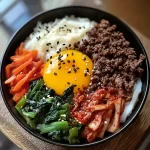
Flavor-Packed Ground Beef Bibimbap Recipe
- Total Time: 30 minutes
Ingredients
• 1 pound ground beef
• 2 cups cooked white rice
• 2 carrots, julienned
• 1 cup sliced mushrooms
• 1 cup baby spinach, washed and trimmed
• 2 eggs
• 2 tablespoons soy sauce
• 1 tablespoon sesame oil
• 2 cloves garlic, minced
• 1 teaspoon grated ginger
• 1 tablespoon brown sugar
• 1 teaspoon sesame seeds
• Salt and pepper to taste
Instructions
• Step 1: In a large skillet, cook the ground beef over medium-high heat, breaking it up with a wooden spoon, until browned and cooked through, about 5-7 minutes. Drain any excess fat.
• Step 2: Add the minced garlic and grated ginger to the skillet and cook for an additional minute, stirring constantly, until fragrant.
• Step 3: Stir in the soy sauce, sesame oil, and brown sugar. Taste and adjust seasoning as needed with salt and pepper.
• Step 4: In a separate skillet, heat a small amount of oil over medium-high heat. Crack the eggs and fry them until the whites are set but the yolks are still runny, about 2-3 minutes.
• Step 5: Divide the cooked rice among 4 serving bowls. Top each bowl with a portion of the ground beef mixture, followed by the julienned carrots, sliced mushrooms, and baby spinach.
• Step 6: Place a fried egg on top of each bibimbap bowl and sprinkle with sesame seeds.
- Prep Time: 15 minutes
- Cook Time: 15 minutes
- Category: Lunch
- Cuisine: Americans
Keywords: Flavor-Packed Ground Beef Bibimbap Recipe

